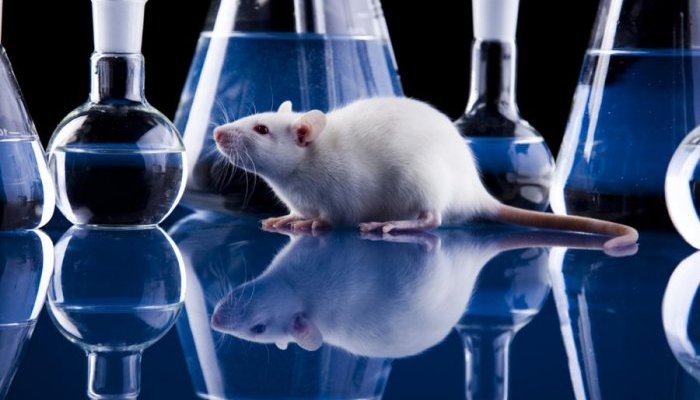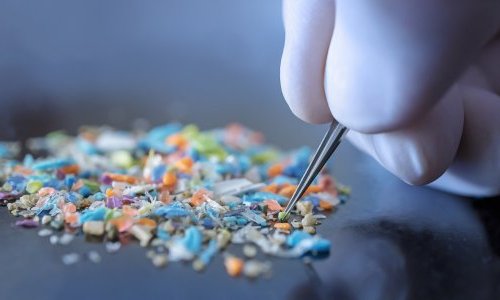The call comes in the wake of two decisions by the Board of Appeal of the European Chemicals Agency (ECHA) [1] last August, requiring German chemicals manufacturer Symrise to carry out several toxicity tests on animals on two chemical UV filtres (homosalate and 2-ethylhexyl salicylate), used exclusively in sunscreen formulations, to fulfil ‘tick-box’ registration requirements for worker safety under the Registration, Evaluation and Authorization of Chemicals (REACH) Regulation.
“Unnecessary demands”
According to the signatories, the EU’s animal testing ban “success story is now being undermined” by the European Chemicals Agency and its Board of Appeal, continuing “the trend of systematically requesting unnecessary animal data despite a legal obligation to promote non-animal methods.”
They say that, far from ensuring occupational safety for workers in chemical manufacturing plants, “these data demands are to ensure ECHA has an administratively complete set of data for hazard classification and labelling, regardless of whether additional data are in fact needed to ensure worker protection.”
Actually, Avon, L’Oréal, Procter & Gamble, Unilever, Lush and Humane Society International consider that lessons learned in animal-free safety assessment of cosmetics over many years can be “readily applied to occupational safety assessment of ingredients without compromising human safety”.
“Tip of the iceberg”
With no reaction yet from the European Commission, the signatories fear the two chemical ingredients currently under ECHA’s scrutiny could be just “the tip of the iceberg”, with the EU Chemicals Agency and some Member States demanding new animal tests for cosmetics at a time when the rest of the world is taking action to eliminate them.
“This is a direct threat to the EU’s historic ban on cosmetics animal testing which is widely supported by consumers and cosmetic companies alike because causing animals to suffer and die for beauty products or their ingredients is both ethically and scientifically unjustified. Chemical authorities need to urgently shift their perspective to embrace 21st century science instead of dragging us back to cruel and outdated animal tests,” said Marina Pereira, Humane Society International’s regulatory science advisor.
Contradictory regulations
If one refers to the two decisions of the ECHA Board of Appeal (below), the growing contradiction between two regulations pursuing opposing goals reads clearly.
According to ECHA, these tests are needed to assess the safety of ingredients. The Board of Appeal says that, if this safety is confirmed, the tests will not have to be included in the cosmetic file and will therefore not lead to a ban on the marketing of the ingredients concerned. At no time is the goal of eliminating animal testing mentioned in the decisions. Obviously, this is not in the Board’s scope of concerns.
For the cosmetics industry, the goal now seems to have recognition of the validity of alternative methods under the REACH regulation, even if it means having to adapt them.





























